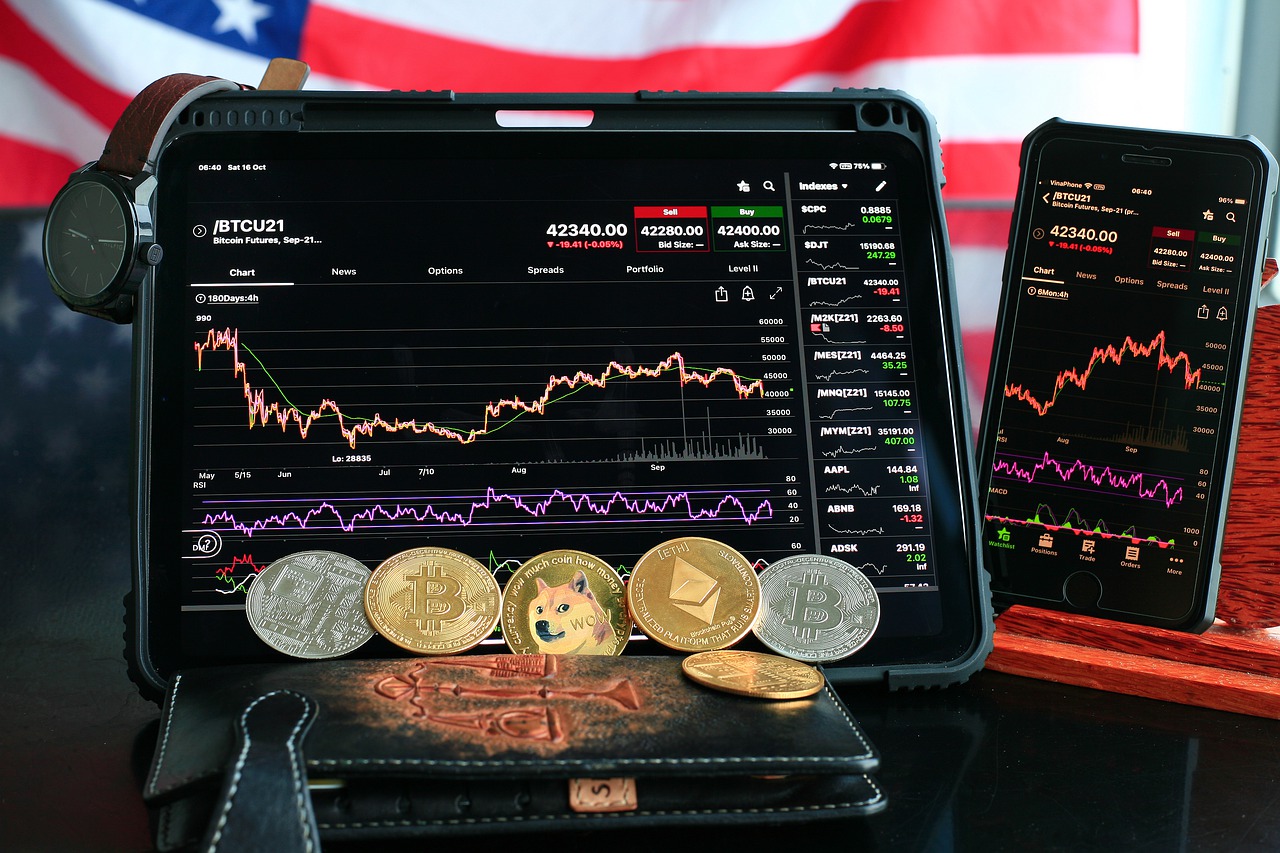Why it is important to place orders correctly, how many of them should be and what problem round numbers bring
Simplified, there are two forms of working with exchanges: for beginners – through the exchange form, where users choose which currency they want to exchange for what, and for advanced ones – through the order terminal, where you can select the price of the transaction and set the conditions for its execution. If users want to get the most favorable prices for buying and selling cryptocurrency, as well as be able to implement trading strategies, it is recommended to master the second method.
Why are multiple orders always better than one?
When buying and selling cryptocurrency, users are advised to always use the maximum number of orders allowed for one account within one pair. Thus, it is possible to level the inaccuracies of technical analysis and carry out transactions more often, obtaining a more favorable average price for buying/selling cryptocurrency.
For example, if a user is interested in buying ETH at a price of $3,000, it is desirable to place several orders above and below this price in order to get an average purchase price approximately equal to the desired one. If you ignore this rule and place only one order, the probability increases significantly that the price will not reach the desired point, turning around earlier and the purchase will not be carried out at all.
A large number of orders, of course, requires a lot of time to place them, and also complicates keeping records of open and closed positions. However, as in other areas of life, a natural coefficient “amount of work done / desired result” will work in investing and trading.
A large number of orders is also important for users with relatively large positions in assets that are small in terms of market capitalization. One large order may stand out too much in the order book, or even provoke an undesirable price change for a small asset by capitalization. Unnecessarily large orders and transactions can also fall into automatic services for monitoring the purchases and sales of “whales”, then becoming the subject of news reports.
Why should you avoid round numbers?
Round numbers represent levels of psychological support or resistance to price movement, however, there is an unspoken recommendation from traders to avoid round numbers when placing orders. If the user wants to take profit on a long position and sell the previously purchased $100 DASH at $200, the best solution would be to place a sell order, for example, with a value of $198.44.
By placing orders in this way, users take into account the behavior of other market participants, a huge number of which will also fix their profits around a round figure. If there are too many such fixations, and the balance of buys and sells shifts towards sellers, the price may turn around earlier and not reach a round number at all, and the user’s order will remain unfilled.
Thus, psychological support and resistance levels at round price values should not be taken literally, but rather as some kind of amorphous zones next to the round number, inside which users will experience increased trading activity, which can lead to a price reversal before the round number.
What are conditional and OCO orders used for?
The arrangement of conditional and OCO orders involves several features and depends on the chosen trading strategy. One Cancels the Other can be translated as “one order cancels another” or “either one order or the other.” Such an order is a pair of two orders – limit and conditional. A limit order is immediately published to the order book, and a conditional order will appear in the book only when the condition occurs.
As soon as any order from the OCO pair is executed, the other one will be automatically canceled, as the user will no longer have enough cryptocurrency to complete the transaction. It is worth using OCO orders when the user’s strategy implies the presence of both stop loss and take profit for one position at the same time. In OCO orders, take profit will be represented by a limit order at the price of the price field, and stop loss by a conditional order at the price of the limit field, with a condition in the stop field.
You can’t do without conditional orders even if the user’s trading strategy involves buying an asset upon breaking through a certain price range, the upper border of a channel, or a narrowing triangle. In the case of opening such positions, it is worth monitoring especially carefully, since the movement of the price of crypto assets is often characterized by false breakouts (fakeout). After a false breakout, the price, at best, returns to its original range, or it may begin a rapid fall. The very moment of a false breakout on the chart will later look like a wick on a small volume. The probability of false breakouts can be estimated by examining the asset chart in the recent past.
How to correctly set the values of the fields of conditional and OCO orders?
Setting the values of the stop and limit fields of conditional orders separately, or inside OCO orders, has a number of features, the knowledge of which allows you to increase the number of executed orders and avoid the so-called “overshoots”.
If the user places a stop loss on a long position, then the limit field must be specified just below the value of the stop field. If the user places a stop loss on a short position and the trigger for order execution will be touched from below, then the value of the limit field should be set slightly higher than the value of the stop field.
Why might this be important? If you set the stop and limit values too close or make them the same, the probability increases that in the event of a rapid price movement, the market will jump over the order – by touching the stop value, the price will immediately continue to move, in which case the user’s order that has appeared will remain unfilled.
The most common are trading strategies where users need to set multiple take profit values, but only one stop loss value for their position. In this case, you still have to create several OCO orders for each part of the position, the value of the stop fields for all orders will be the same, while the values of the price field representing the take profit grid will be different.



